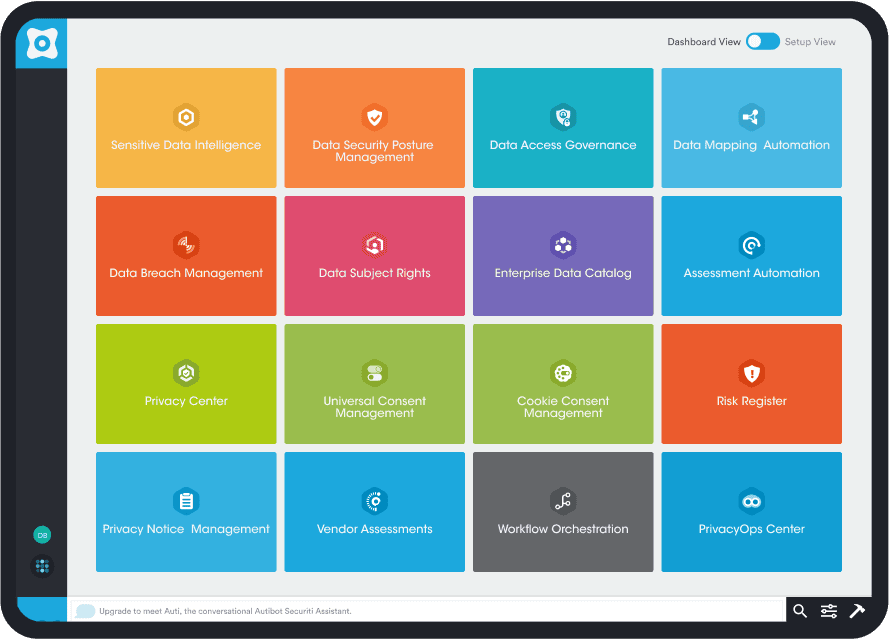For years, advertising cookies have played a tremendous role in digital marketing. Some may argue that the rise of digital marketing is no small part attributed to advertising cookies themselves.
These cookies are a vital tool for digital marketers to formulate and measure a successful digital marketing campaign.
However, such a potent tool does not come without its downsides. For years now, there has been a debate on the invasive nature of these cookies. While they deliver an immaculately detailed profile of user behavior on a site, users may not be comfortable with a cookie tracking their every move without proper, informed consent.
Understanding what advertising cookies are, how they work, the different types, and, most importantly, their future could help businesses formulate their long-term digital marketing strategies.
What Are Advertising Cookies?
Advertising cookies have played an incredibly vital role in digital marketing for years now. They allow advertisers to profile their target customers with unprecedented accuracy.
At its core, an advertising cookie is nothing more than a small piece of data that catalogs the behavior of all users on a particular website. However, this simple bit of information, when implemented correctly, can store a user's login information, what pages a user visits, how long the user stayed on the page, the device they were using, their time zone, what language they're using, where they're logging in from, the operating system of the device they are on, etc.
Such information is vital for any website's digital marketing efforts. It increases the chances of campaign success by tailoring content to the target audience.
Advertising cookies can be further broken down into the following types:
First-Party Cookies
First-party cookies are the advertising cookies collected by the website a user visits. The primary purpose of such cookies is to track user behavior and personalize their experiences accordingly.
These cookies can profile a user with information such as what phone a user is using, screen dimensions, operating system, etc. This data allows a website to completely personalize a user's experience online and display better-targeted ads.
Since targeted ads have a better chance of converting a user, information collected on a user could be vital in designing better and more effective targeted ads.
Third-Party Cookies
Third-party cookies perform the same function as first-party cookies, with the difference being that the site uses third-party cookies from another company.
For example, assume a user sees an ad for a product on Facebook. He clicks on the ad, heads over to the product's website, and adds the product to his shopping cart but doesn’t purchase it. The user then closes the website and continues browsing the internet. The user will now begin to see ads for similar products on other websites.
This is because third-party cookies monitor a user's behavior online and display ads not only on one website but across multiple other sites. Businesses use third-party cookies to increase their engagement and as a way to target a wider audience across websites.
How to Disclose Your Website Cookies
Most data protection regulations are pretty detailed regarding laying down an organization’s responsibilities when it comes to disclosing their use of cookies to their users. What information must be provided to the users, how it should be communicated, and what additional information should be made available if requested, etc. all such aspects are covered.
Since different regulations have different takes on the exact way an organization can communicate this to their users, the best way to do so is often via one of the following:
- Privacy Notification that pops up as soon as the user visits your website;
- A dedicated cookie section in your Privacy Policy;
- Cookie Policy (if you have one on your website).
Knowing the users and what they want is one thing; it's an entirely different thing to track the performance of a marketing campaign based on that knowledge. Thankfully, advertising cookies allow businesses to do both simultaneously.
Google Analytics is by far the most widely used analytics tool that uses advertising cookies to monitor user activity across an entire website. Since these cookies can store vast amounts of user activity data, there is hardly a better tool to assess the performance of a marketing campaign.
Some of the most critical data that advertising cookies can collect for business include:
- Demographic information such as age, gender, location, and language.
- Behavior information such as session length, pages visited in a session, and bounce rate.
- User conversion information.
- Browser and device information, such as what device a user is on, the exact OS, and mobile screen size.
What's Next for Advertising Cookies?
As practical and reliable as advertising cookies may be, it is increasingly likely that they will become a thing of the past in the coming years. Legislation and public opinion have turned against the "invasive" nature of advertising cookies where users are not properly informed of the information being collected on them.
The most widely used web browsers have begun moving away from advertising cookies, third-party ones especially. Apple's anti-tracking update to its Safari browser blocks any kind of third-party cookies. Mozilla and Google have similar plans in place for their Firefox and Chrome browsers. Considering how these are three of the most widely used web browsers, the writing is on the wall for businesses to find alternatives to target their desired users online.
The best way to achieve that is to go back to the traditional method of building customer trust. This will require businesses to rethink how they view their users and customers online and take active measures to educate them on their rights. Hence, instead of "Accept/Decline" notices, websites will need to become far more engaging in explaining why data collection is necessary to their users.
First-party data collection, analysis, curation, and processing will take on greater importance than ever before. Businesses may find that participating in data-sharing alliances with other reliable businesses is an innovative way of accessing the data necessary for their campaigns. First-party data from other businesses can supplement their own data to target customers.
This will require express customer consent, but with third-party advertising cookies on their way out, this could be the future of data collection.
How Securiti Can Help
Due to the rise of data protection and privacy laws across the globe and user awareness, customers are increasingly becoming vigilant about what personal and activity data they allow a website to collect. Additionally, companies now have a legal responsibility to collect consent before collecting any tracking data on their website.















